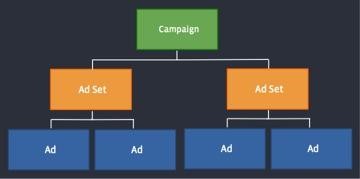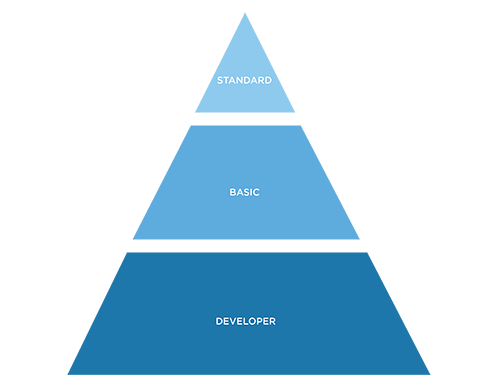Bloomua / Shutterstock.com
In today’s hyper-competitive world, it is almost impossible for a company involved in developing software to survive without application programming interfaces (APIs). The major tech companies are no exception to this. These tools are responsible for much of the influence and business of companies such as Google, Facebook and Twitter.
There are APIs for virtually everything – image and character recognition, user identification, managing communities and advertising campaigns, creating specific application functionality, 3D capabilities, virtual currencies, such as bitcoins, banking services, and so on. Programmable Web, one of the main APIs repositories, has a directory of over 14,800 interfaces and it is growing rapidly.
Google’s beta Cloud Vision API
Google recently launched the beta version of its Google Cloud Vision API. Through this API, Google enables users to identify the content of photos, whether it is people, cars, animals such as lions or food, such as a quiche. There is obviously a cost for using this API to generate revenues for Google.
Google Cloud Vision API supports a broad set of scenarios from:
● Detection of general image content: it can detect broad sets of objects, such as popular landmarks, in images. For example, it can detect images containing the Eiffel Tower.
● Inappropriate content: powered by Google SafeSearch, it can identify unsuitable content in photographs.
● Sentiment analysis: the API can analyze emotional attributes of people in images, like joy, sorrow, tiredness and anger.
Text extraction: Google Cloud Vision API offers optical character recognition (OCR), enabling it to extract text from images. It includes an automatic language identification system, meaning it can extract text in many languages.

Facebook’s ad business is built on APIs
Facebook has developed into a money-making machine. It has almost complete control over the mobile-user experience with Facebook, Instagram and WhatsApp. This makes it a very attractive advertising proposition for brands and companies. Its audience segmentation capacity is unbeatable for generating leads.
In the last quarter of 2015, Facebook generated revenues of more than 17,900 million dollars, with ad revenues up 56% at 5,600 million dollars. This is all down to mobile ads. Ads on mobile devices accounted for 80% of revenues in the quarter. Much of this success is down to its Marketing API, which provides developers and advertising and metrics teams with everything they need to market their products.
Facebook has four APIs dedicated to the ads business:
● Audience Management API: this uses data from a company’s CRM, website or app events to monitor and target audiences. It uses CRM data, such as customer names, emails and phone numbers, to generate customer impacts on Facebook. It also fosters the generation of communities through intelligent audience management on Facebook.
● Ads Management API: this fosters the creation and management of Facebook ad campaigns for developers. The API has three levels for ad products: campaigns, ad sets and ads. Developers also have access to a library of visual elements from which they can create the style of their campaigns, based on this structure. All of these elements are reusable.

● Ads Insights API: this API enables advertising and development teams to accurately measure the actual results of their Facebook advertising. Various forms of data measurement are available, such as Facebook’s well-known conversion pixel. Facebook published documentation for the SDK (Software Development Kit) in Python in February 2013.
● Business Manager API: this API helps agencies and companies manage the content of their Facebook fan pages.
Twitter, following Facebook’s lead
This real-time social network launched its advertising API – Twitter Ads API – in February 2013, enabling partners in fields ranging from the media to the retail and beauty sectors to integrate with Twitter’s campaign creation and management system. Twitter’s advertising API has three levels: developer, basic and standard.
The developer level enables companies to create a tool to manage their Twitter campaigns and start to familiarize themselves with how its workflows and processes work. The basic level offers users greater access to the interface to prove the efficacy of their solutions, whilst the standard level gives full access to basic level users to scale up their solutions.

Twitter’s API offers some features that are not available in its ads interface:
● Creation of ad sets.
● Segmentation of ads by age range. The Twitter interface does not allow such detailed segmentation.
● Retargeting: for example, when a user shows interest in an ad but does not convert into a purchase.
Facebook and Twitter are not the only social networks that have grasped the importance of APIs for the ad business. Snapchat, one of the new players in the content and communities business, recently announced that it is currently developing its own advertising API. It is an arms race for the mobile ad business, with APIs as the weapons.
More information on APIs here.
Follow us on @BBVAAPIMarket














